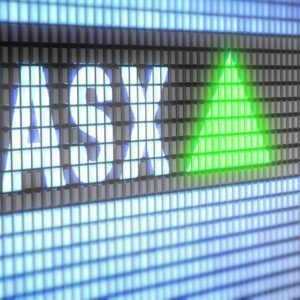Welcome to my new weekly chat about trading stocks. Learn how to trade the stock market. I hope you’ll check in every Saturday with a coffee in hand and settle in to learn all you can about trading the markets without losing your shirt…
Dividend Stocks: Maximising Income with Reliable Investment Picks
Some investors trade shares for capital gains while others seek a steady income from their investments by focusing stocks that pay out dividends.
Companies that have a history of paying regular, and increasing, dividends are viewed favourably among this type of investor.
Unless corporate managers can oversee sharply higher real earnings growth, dividends remain one of the main sources of the real return we expect from stocks.
Growth or Value Investing? Why Not Both — Value Investing is Not Dead
As the Bank of America proclaimed last month: ‘Value is dead’. So, that begs the question, is value investing really dead? First and foremost, let me just say that traditional value stocks can still be found. The point is, dear reader, value is not dead — it has simply changed…
Will the ASX Keep Going Up?! — Signs of Life in the ASX 200
Finally, some signs of life in the ASX 200 [XJO] after the budget jolt. To be fair, there were signs of life in the broader ASX long ago. Just below the radar of many old-fashioned investors that only trust the big companies (top 200)…
Kathmandu Share Price Drops on Dividend Cut (ASX:KMD)
Shares of outdoor leisure retailer Kathmandu Holdings Ltd [ASX:KMD] are trading lower today, on the release of its full-year financial results. At the time of writing the KMD share price is down 6 cents, or 5.11%, to trade at $1.12 per share…
Temple & Webster Nearly Beats Last Year’s Earnings in Two Months
The Temple & Webster Group Ltd [ASX:TPW] share price is up $1.06 or 12.91% today thanks to solid performance over the past two months. At time of writing TPW shares are trading at $9.27 per share…
ASX Weekly Market Outlook and the Top Movers Last Week – August 31, 202
The week been saw the ASX All Ordinaries [XAO] crack the 6,324 points level, which was the high set back in June. As we spoke about last week, the Australian stock market is lacking conviction to a continued move up and could be looking to move into a ‘wave c’…





